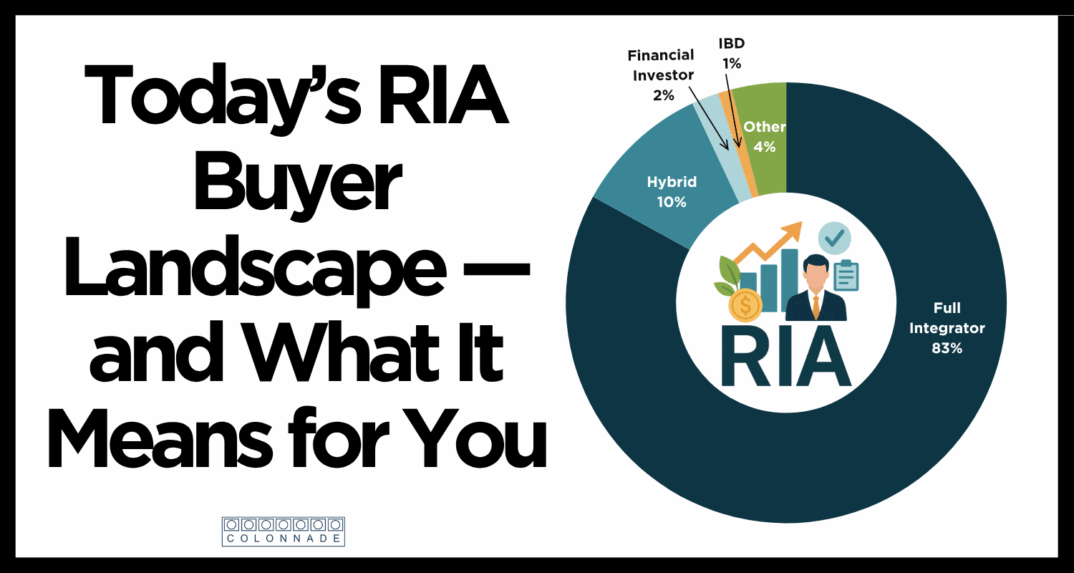M&A Due Diligence: Business Diligence (Part I of IV)

In business diligence, a buyer will investigate every aspect of a company’s business, including its products and services, marketing and sales, reputation, brand, business processes, strategic positioning, customers, competition, market size, growth opportunities, scalability, organization structure, employees, and management.
A buyer will review all of a target’s products and services to understand their nature, the process of creating the product or service, pricing, profitability, liability, the end customer, and competitive positioning. Included will be a review of vendors and contracts. Buyers often request interviews with vendors and customers.
A company’s go-to-market strategy is a key component of every company’s success. Current and historical marketing campaigns and collateral are reviewed. Brand performance and recognition are evaluated. Performance metrics, such as response and conversion rates, are benchmarked. Sales channels such as inhouse sales and third-party sales are evaluated to determine strength, stability, opportunity for growth, and cost.
Buyers evaluate the reputation of targets through the views of others. They use the Better Business Bureau (BBB) and informal outlets such as Yelp and Google Reviews. More formal sources include awards and recognition from reputable companies.
The core of a business and its competitive edge is often a result of the company’s process. Buyers will seek to understand how the operation works, what are inflection points, how scalable it is, and what separates the company from its competitors.
When examining a seller’s customers, buyers will look at the tenure of relationships, customer churn, concentration, and financial stability. High customer concentration (greater than 15%) is considered high risk by many buyers.
Addressable market size and competitive positioning is an important component in business diligence. Competitor strengths and weaknesses, scalability, and financial resources are evaluated. Barriers to entry are analyzed to determine the risk of new entrants. Marketplace gaps and opportunities are also considered.
 Targets’ growth opportunities, both organic and inorganic, are reviewed. Potential optimal market share with its current product and service offering, go-to-market strategies, and operations are evaluated. New product offerings and hypothetical new markets are considered. Strategies around inorganic growth (acquisitions) are conceptualized.
Targets’ growth opportunities, both organic and inorganic, are reviewed. Potential optimal market share with its current product and service offering, go-to-market strategies, and operations are evaluated. New product offerings and hypothetical new markets are considered. Strategies around inorganic growth (acquisitions) are conceptualized.
One of the most important assets of any company is its human capital. In diligence, buyers will evaluate leadership, examine reporting relationships, analyze employee churn, review compensation plans, and assess employment and non-compete agreements.
These topics only scratch the surface of the work done in business diligence. To hear the insights of deal practitioners, listen to Colonnade’s podcast: Middle Market Mergers and Acquisitions, episode 003, “Due Diligence-Uncovering the Skeletons in Your Closet”. https://coladv.com/podcasts/003/

